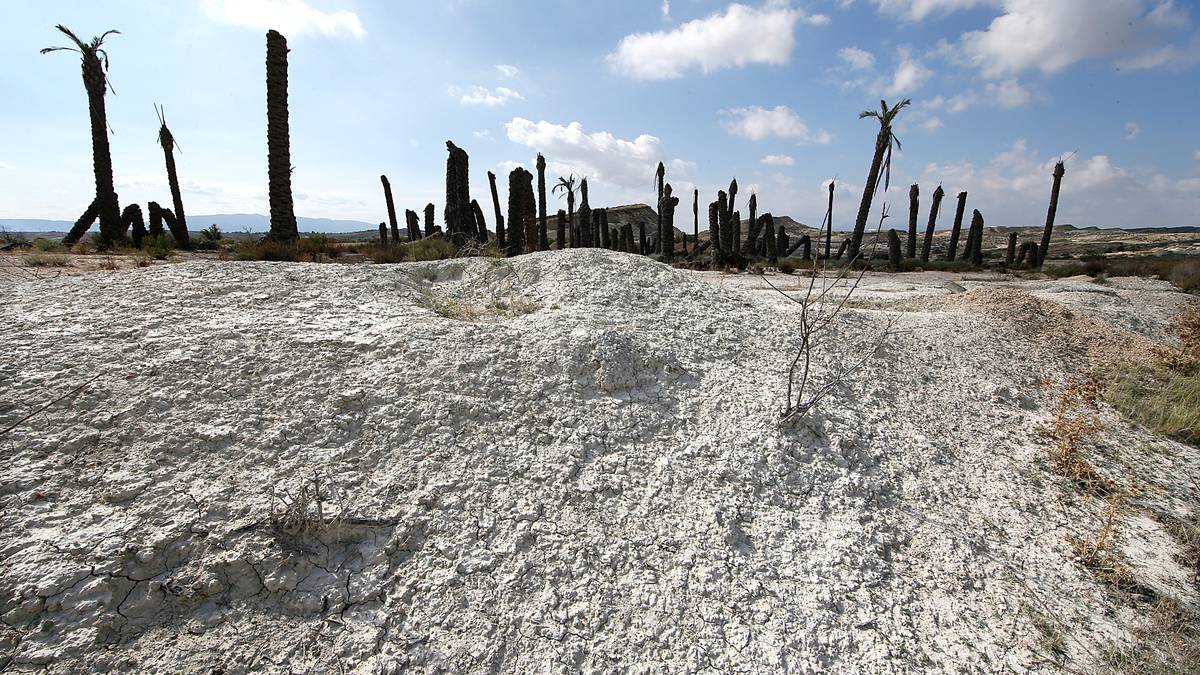The floods moved further south and engulfed more land along the waterways that flow into the Oslo Fjord.
Yesterday, several houses in Hokksund Drammenselva entered the park, and a number of residents had to be evacuated.
Further north, at Hønefoss, the situation became dramatic for several days. The risk of avalanches is still high in several parts of the city.
Today, Mjøsa has also flooded its banks, and more than 200 residents and businesses in Hamar have been warned they may have to evacuate.
Figures from measuring stations along various waterways depict a serious situation.
Strong water flow
On the Mjøndalen bridge at 07.30 Friday morning, a water discharge of 1880.85 cubic meters per second was recorded. according to Senorge.nocollaboration between, among others, the Norwegian Directorate of Water Resources and Energy (NVE) and the Meteorological Institute.
– Something we’ve never seen before
The normal water discharge at this measuring station is currently 293.69 cubic meters.
Drammenselva is part of Drammensvassdraget, the third largest waterway in Norway.
Further up the river, the water flow is less, but the difference between the normal situation and the current situation is even greater.
Tenfold
In Skålfoss, south of the Krøderen lake in the municipality of Krødsherad and Flå in Viken county, the water flow on Friday morning was 13 times stronger than usual.
At 09.00 it was recorded 853.49 cubic meters of water per second, compared to the normal 61.23 cubic meters.
In Kistefoss, north of Hønefoss, a water flow of 256.11 cubic meters per second was recorded at 7:00 am Monday morning. This is nearly ten times the average, which is 27.02 cubic meters per second.
Flooding has hit Hønefoss, causing extensive damage.

Ride faster than expected
The water from here also flows through the Drammensvassdraget and out towards the Oslofjord. Water levels in all waterways are expected to rise, but not as much as NVE initially feared.
– As it stands now, we believe that the water level towards Drammen will not be as high as we feared. This means we will remain at the orange level from Mjøndalen downwards, with the peak of the flooding probably already being reached, section manager Ivar Berthling at NVE told NRK.
Flow over the edge
The water that flows through Glomma and Mjøsa must pass through the Øyeren lakes which lie in the former Akershus and Østfold. Forecasts suggest that the water level in Øyeren will rise another two meters, according to NTB.
Along the waterways, the water level is also high, and the water flow is strong.
The water level in Mjøsa near Hamar at 09.00 this morning was two meters higher than normal, and flooding the banks.

Fish swimming in the garden
Farther east, at Glomma, the water flow was many times stronger than usual.
In Elverum, water flow was recorded at 1,687.48 cubic meters per second on Friday morning, compared to the normal situation of 169.29 cubic meters per second.
No data was available on Monday morning on how strong the flow of water from Glomma to Øyeren was, but the water level at the Fetsund bridge, where the river meets the lake, was almost two meters higher than usual.
Fear of repeating
NVE has issued a red flood warning for Mjøsa and the whole of Glomma from the encounter with Vorma to Oslofjord. They are concerned about the very high water levels in Øyeren and Mjøsa.
– Flood levels on Øyeren may be as high as 1995, but forecasts are still uncertain, says flood watcher NVE Stein Beldring.
In 1995 there was a big flood.
The revised red flood warning is in effect for the municipalities of Nes, Lillestrøm, Rælingen, Enebakk, Indre Østfold, Skiptvet, Rakkestad, Sarpsborg and Fredrikstad. The red warning only applies to major waterways, and not smaller rivers.

Flood resistant: – Pick berries and mushrooms
NVE expects the peak of flooding in Mjøsa on Saturday. It will be at a level just below flood 95.
– The peak of this flood spreads downward, and we expect the water level in Øyeren to rise by two meters. The peak of flooding here is around Sunday or Monday. Here we are at level 95, he said.

“Hardcore zombie fan. Incurable internet advocate. Subtly charming problem solver. Freelance twitter ninja.”





